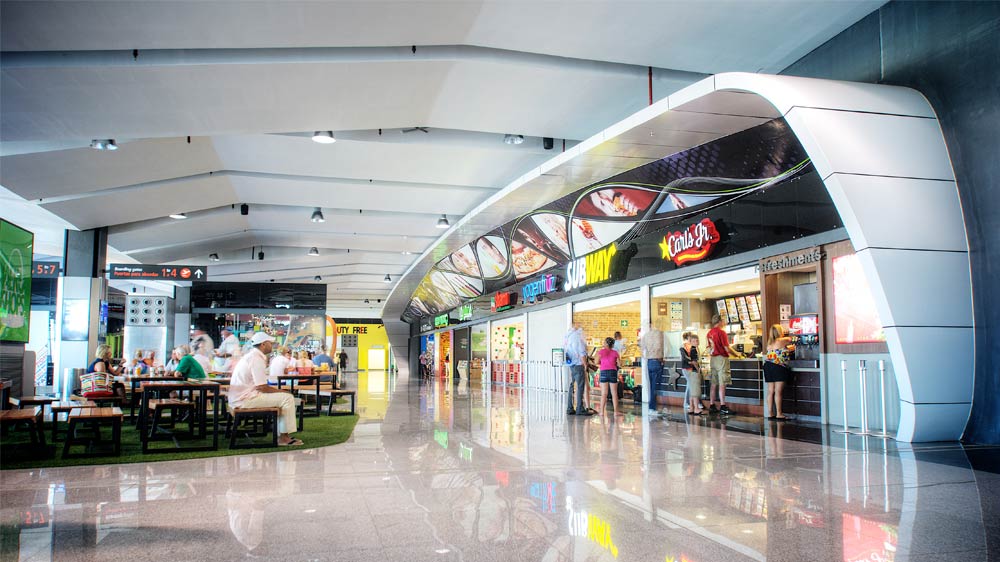
Food and beverages is no more retail’s poor cousin as it has become one of the sectors with dominating edge. Not only fast foods rather fine cuisines and concept restaurants are gaining popularity in malls and specially curated F&B spaces.
The segment has drastically seen a sea change inviting more people to dine out. The number goes as high as 5 to 6 times in a month which was earlier 2 to 3 times a month. Also, people are no more restricted to a same kind of cuisines and restaurants, they want to enjoy new foods and are accepting changes like they see in global markets like Singapore, the US and Dubai which are way to popular when it comes to dining scenes.
In order to gauge the depth of the F&B segment in the key cities, a survey was conducted by CBRE research across more than 1200 restaurants in key locations in Delhi-NCR, Mumbai and Bengaluru. The reports shares that almost 60 per cent of the restaurants were located on high streets vis a vis 29 per cent in malls. This is largely on account of favorable rentals on high-streets, organic expansion opportunities and limited availability of quality mall space.
Not only this, over the year local Indians have become more amenable to experimenting with various cuisines and have developed ‘global palates’ which is inviting lots of global concepts and brands to enter the Indian market. “In terms of nationality, almost 82 per cent of the restaurants were domestic standalone outlet/chains with around 18 per cent restaurants being of international origin with restaurants from the US accounting for almost 70 per cent of the restaurants in the international category,” adds the CBRE Report.
With global acknowledgements and travel exposure people also are interested in seeing restaurants at locations which is visible to whole city. A location which attracts a mix of customer has always been popular among restaurant owner. Also, depending on the brand identity and the type of cuisine one serves location gets finalized. According to the report, in terms of location, their choices were divergent; while 62 per cent of all international restaurants are located in malls; 68 per cent of all domestic restaurants are located on high streets.
“I visited a lot of cities where I noticed that each and every city is having a skyscraper where a restaurant is established. This really amazed me and made me think of doing something similar in India. I always felt that it would be the perfect place to view the city from such height. Once the World Trade Centre came up, we found that a lot of people wanted to come and see the city view from the top. That’s when I thought that it can be a popular destination among the people,” shares Nirupa Shankar of Brigade Group who started High Ultra Lounge on top of the World Trade Centre in Bengaluru. “The inspiration came from all the major cities in the world like New York, Boston etc. I wanted this place to be something different and that’s how High Ultra Lounge was born,” adds Shankar.
With the F&B segment gaining so much significance in recent times, the real estate sector has also responded to be in line with its requirements. More space allocated for F&B in malls, the emergence of dedicated F&B clusters, food festivals in malls, F&B pop ups, increased allocations in commercial buildings are some of the key trends that have been noticed off late.
“Delhi has a large growing young social target group which is looking forward to engaging socially. This gives a rising demand for such places which has comfort, convenience and best food offering,” adds Jaideep Bhandari, Promoter- Palate Of Delhi which was conceptualised as a food gallery focused on customer convenience, great food and ambience.
According to the reports, it also suggests that to ensure that the growth trajectory of F&B is maintained, it is critical that landlords understand the unique requirements of the F&B segment. Factors such as allowing for flexible/customizable spaces, making F&B integral to the planning stage of shopping centers, having an optimum mix of restaurants and increased collaborating with F&B operators are likely to play a critical role in ensuring sustainable growth.
Copyright © 2009 - 2024 Restaurant India.









